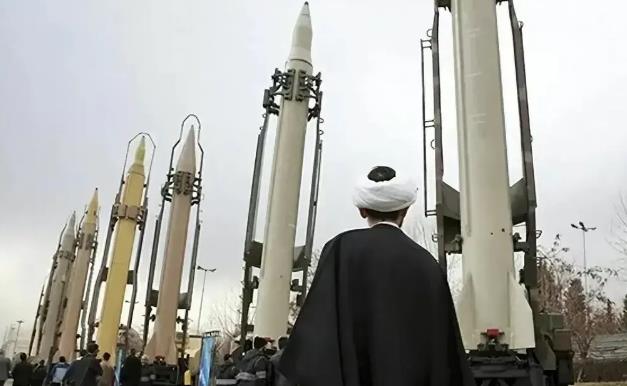Mounting Complexity in the Middle East: Increasing Nations Involved in Conflict, U.S. Military Possibly the Most Bewildered

The Middle East is currently embroiled in a convoluted web of conflicts, extending beyond the Israel-Hamas clash. The Houthi rebels in Yemen are engaged in combat with a multi-national fleet led by the U.S. in the Red Sea. ISIS has resurfaced in Northern Iraq, posing a direct threat to Israel, Lebanon, and Syria. Iran and Pakistan are attacking terrorist groups within each other’s borders, adding to the region’s chaos.
The situation in the Middle East has spiraled beyond U.S. control. While the U.S. military is targeting the Houthi rebels in the Red Sea, the region is rife with hostilities. Eliminating the Houthis will not secure the international trade route through the Red Sea to the Suez Canal. If this route remains blocked, it could lead to European allies, such as Germany, reconsidering their stance on the Russia-Ukraine conflict, potentially resuming energy trade with Russia.
The disruption of the world’s most critical oil export route in the Persian Gulf, due to Iran and Pakistan’s mutual attacks, is a major blow to India. After payment issues halted its oil purchases from Russia, India has had to rely on Saudi Arabia. However, India’s support for terrorist organizations within Iran and Pakistan has threatened its oil supply route.
The conflict in the Middle East benefits Russia the most. It enables Russia to resume some arms exports and opens up the oil and natural gas markets in Europe, India, and China. Rising oil and gas prices due to the unrest favor Russia, while the U.S. strategy in the region seems to have largely failed.
The U.S. risks losing the European energy and food markets and its dominance over the global energy supply system. The turmoil could even unsettle the dollar’s link to oil, as commodities become a priority in wartime. With global energy trade now opposing the U.S., Russia’s resumption of trade with Europe might lead to transactions in euros, yuan, or Russian rubles, rather than the dollar.
This scenario leaves the U.S.-led multi-national fleet in the Red Sea in a dilemma: whether to continue fighting or withdraw. Continuing could mean an indefinite conflict without securing trade routes, while withdrawing could result in losing influence in the Middle East, Europe, and control over oil trade – a critical blow to the U.S., which relies heavily on the dollar. Other aspects of the U.S.’s global influence are seemingly less significant.